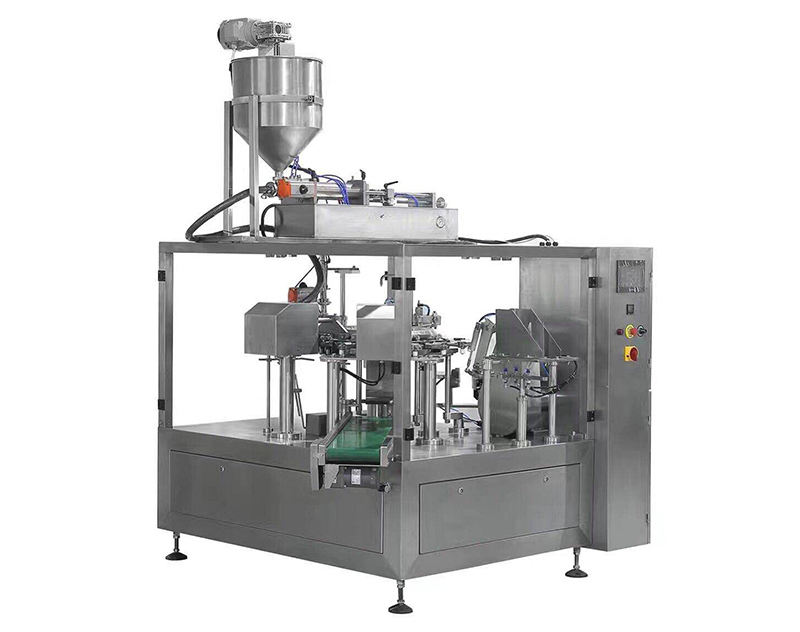Maintenance and Care Tips for Food Packaging Machines
Proper maintenance and care of food packaging machines are essential to ensure the consistent, efficient, and hygienic packaging of food products. Neglecting maintenance can lead to equipment breakdowns, reduced productivity, and potential contamination risks. Here are some maintenance and care tips for food packaging machines:
1. Regular Cleaning:
Establish a cleaning schedule and ensure that all machine surfaces, components, and contact parts that come into direct contact with food are thoroughly cleaned after each production run.
Use food-grade cleaning agents and follow the manufacturer's recommendations for cleaning procedures.
Pay special attention to areas where food particles and residues tend to accumulate, such as conveyors, sealing bars, and filling nozzles.
2. Lubrication:
Lubricate moving parts according to the manufacturer's recommendations. Proper lubrication reduces friction, extends the life of components, and ensures smoother machine operation.
Use food-grade lubricants to avoid contamination of food products.
3. Inspection and Tightening:
Conduct routine inspections of the packing machine to identify loose bolts, nuts, or fasteners. Tighten them as needed to prevent equipment malfunctions.
Check for worn or damaged parts, such as belts, chains, and seals, and replace them promptly to prevent breakdowns.
4. Calibration:
Periodically calibrate sensors, scales, and other measuring devices to maintain accurate packaging and filling operations.
Verify that the machine settings align with the specifications required for your food products.

5. Electrical Components:
Inspect and maintain electrical components, including switches, sensors, and wiring, to ensure proper functioning and safety.
Address any electrical issues promptly to prevent electrical hazards and production interruptions.
6. Safety Systems:
Regularly test and maintain safety systems, such as emergency stop buttons, interlocks, and guarding.
Ensure that safety features are in compliance with industry standards and regulations.
7. Spare Parts Inventory:
Maintain a stock of essential spare parts, such as gaskets, seals, belts, and sensors, to minimize downtime in case of unexpected equipment failures.
Ensure that spare parts are stored properly to prevent deterioration.
8. Operator Training:
Train machine operators in proper equipment operation, cleaning procedures, and routine maintenance tasks.
Encourage operators to report any unusual noises, vibrations, or issues with the machine promptly.
9. Documentation and Record-Keeping:
Maintain detailed records of maintenance activities, including cleaning schedules, inspections, repairs, and parts replacements.
Use maintenance logs to track the history of the machine's performance and identify recurring issues.
10. Manufacturer Guidelines: - Follow the manufacturer's guidelines and recommendations for maintenance, including specific schedules and procedures outlined in the equipment's manual.
11. Preventive Maintenance Program: - Develop and implement a preventive maintenance program tailored to the specific needs of your food packaging machines. This program should include regular inspections, cleaning, and component replacements to prevent breakdowns.
12. Hygiene and Sanitation: - Prioritize hygiene and sanitation to prevent food contamination. Ensure that all machine parts and surfaces that come into contact with food are sanitized and free from bacteria or allergens.
13. Emergency Repairs: - Have a plan in place for addressing emergency repairs, including access to qualified technicians or a maintenance team capable of responding quickly to unexpected breakdowns.
Proper maintenance and care of Coretamp food packaging machines are integral to maintaining product quality, meeting regulatory requirements, and minimizing downtime in food production facilities. By implementing a well-structured maintenance program and adhering to best practices, businesses can ensure the longevity and reliability of their packaging equipment while safeguarding the safety and quality of their food products.



